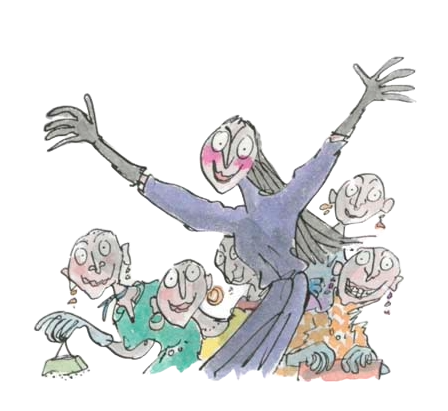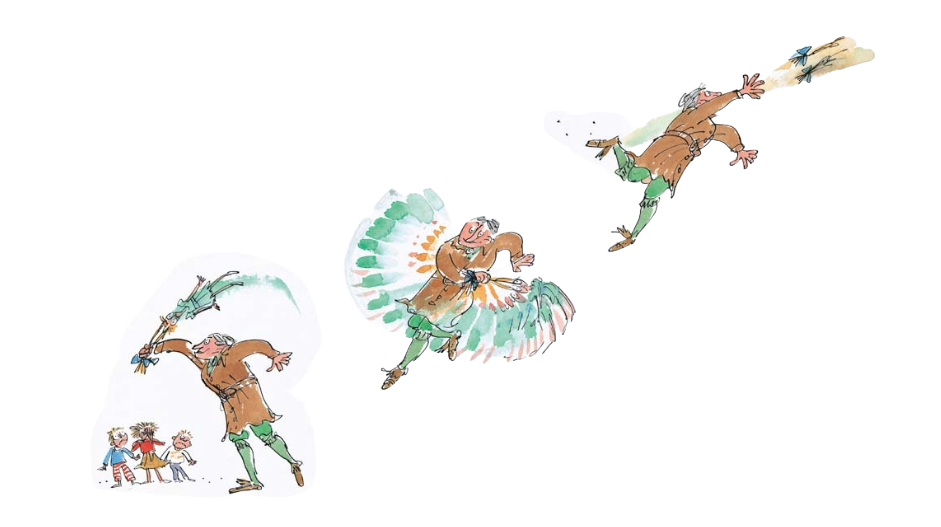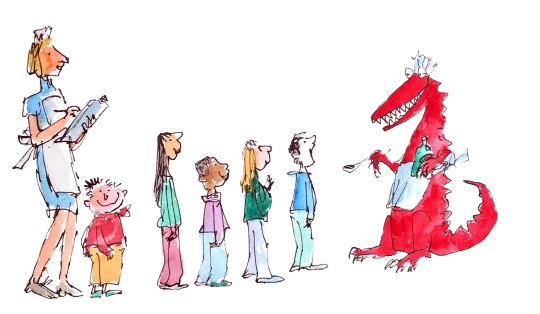Regarded as "one of the greatest storytellers for children of the 20th century", Dahl was named by The Times one of the 50 greatest British writers since 1945. He ranks amongst the world's best-selling fiction authors with sales estimated at over 300 million, and his books have been published in 63 languages. In 2000 Dahl topped the list of Britain's favourite authors. In 2003 four books by Dahl, led by Charlie and the Chocolate Factory at number 35, ranked among the Top 100 in The Big Read, a survey of the British public by the BBC to determine the "nation's best-loved novel" of all time. In surveys of UK teachers, parents and students, Dahl is frequently ranked the best children's writer. He won the first three Australian BILBY Younger Readers Award; for Matilda, The BFG, and Charlie and the Chocolate Factory. In a 2006 list for the Royal Society of Literature, Harry Potter creator J. K. Rowling named Charlie and the Chocolate Factory one of her top ten books every child should read. Critics have commented on the similarities between the Dursley family from Harry Potter and the nightmarish guardians seen in many of Dahl's books, such as Aunt Sponge and Aunt Spiker from James and the Giant Peach, Grandma from George's Marvellous Medicine, and the Wormwoods from Matilda. In 2012, Matilda was ranked number 30 among all-time best children's novels in a survey published by School Library Journal, a monthly with primarily US audience. The Top 100 included four books by Dahl, more than any other writer. The American magazine Time named three Dahl books in its list of the 100 Best Young-Adult Books of All Time, more than any other author. Dahl is one of the most borrowed authors in UK libraries.
In 2012, Dahl was among the British cultural icons selected by artist Peter Blake to appear in a new version of his most famous artwork—the Beatles' Sgt. Pepper's Lonely Hearts Club Band album cover—to celebrate the British cultural figures of his life he most admires. In 2016 Dahl's enduring popularity was proved by his ranking in Amazon's the top five best-selling children's authors on the online store over the last year, looking at sales in print and on the Kindle store.[186] In a 2017 UK poll of the greatest authors, songwriters, artists and photographers, Dahl was named the greatest storyteller of all time, ranking ahead of Dickens, Shakespeare, Rowling and Spielberg. In 2017, the airline Norwegian announced Dahl's image would appear on the tail fin one of their Boeing 737-800 aircraft. He is one of the company's six "British tail fin heroes", joining Queen frontman Freddie Mercury, England World Cup winner Bobby Moore, novelist Jane Austen, pioneering pilot Amy Johnson and aviation entrepreneur Freddie Laker.



